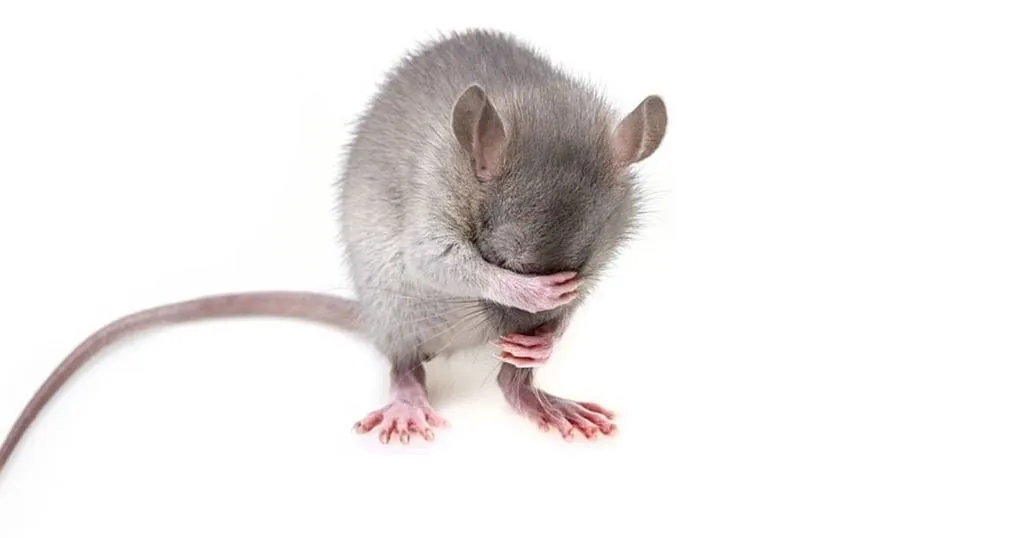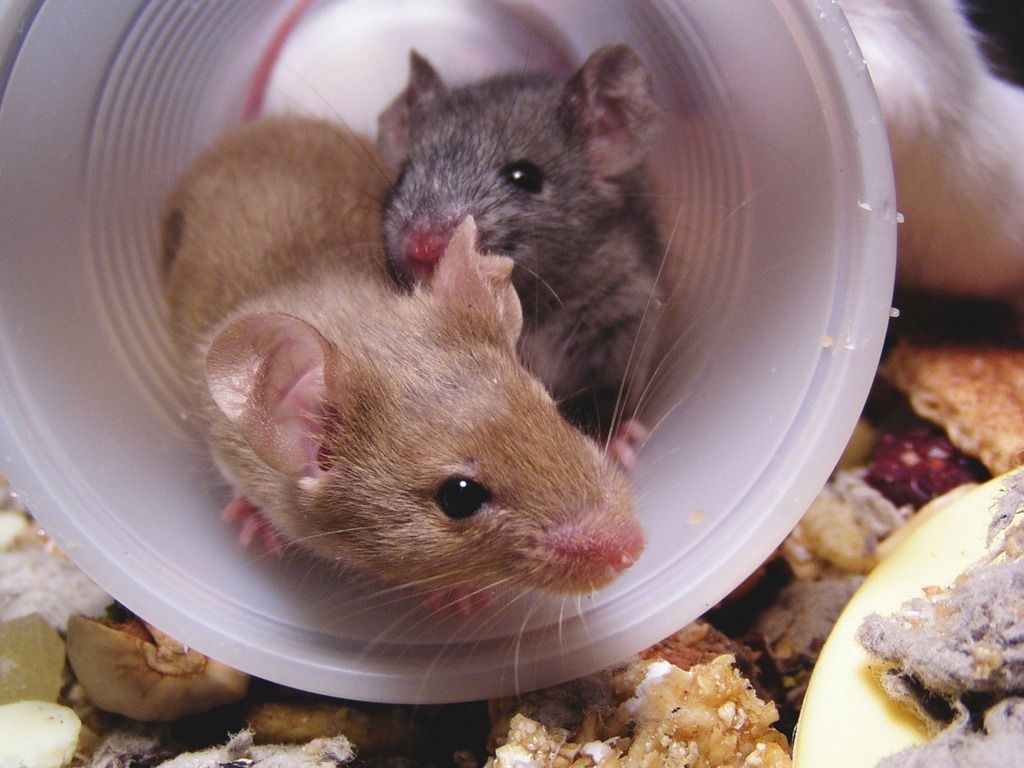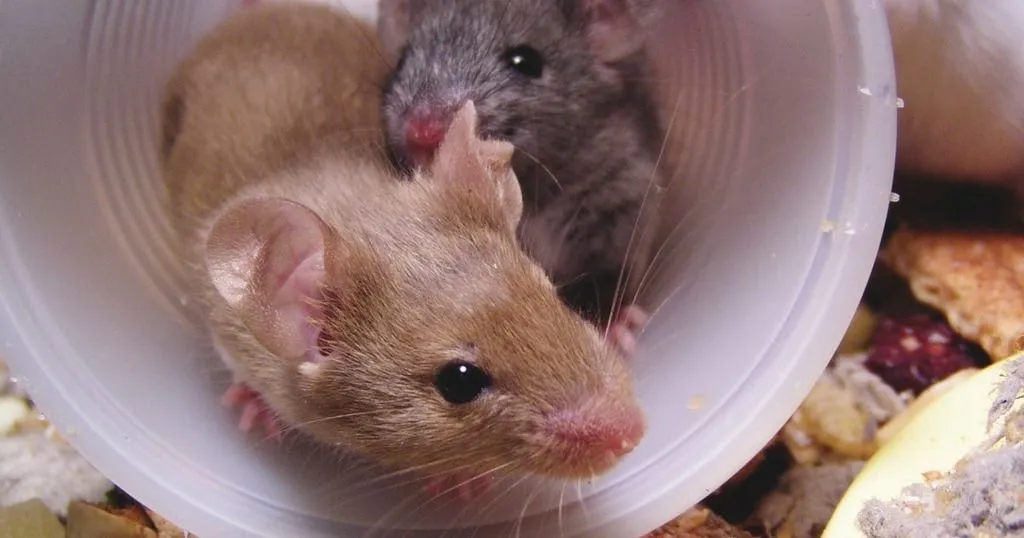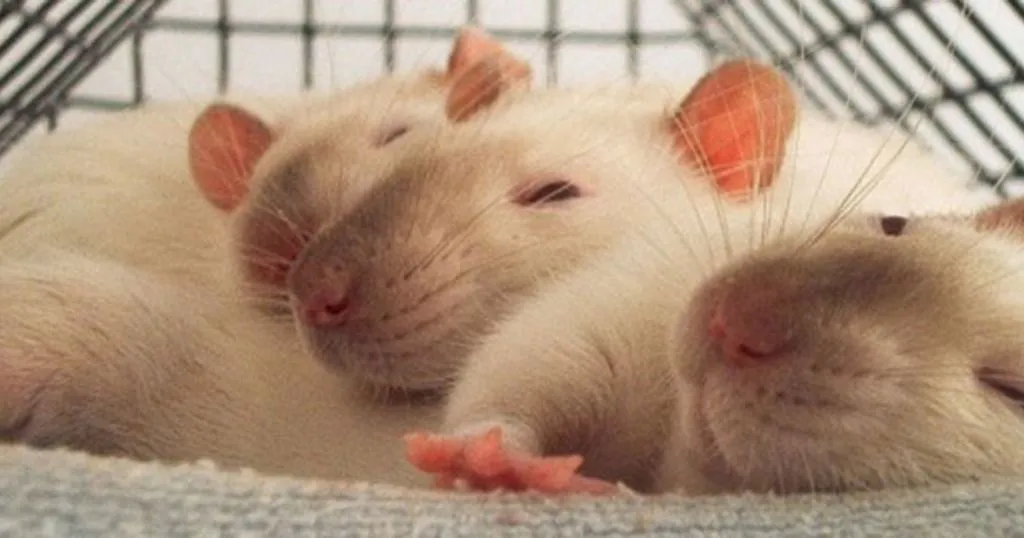Gut microbes: both cause and cure of autism?

Gut microbes can increase or decrease typical autism spectrum disorder behavior (stereotypies, social behavior, locomotion, and communication) via metabolites and influencing alternative gene splicing.
Posted by
Published on
Thu 04 Jul. 2019
Topics
| Autism | EthoVision XT | Mice | Open Field | Video Tracking |
Gut microbes can increase or decrease typical autism spectrum disorder behavior (stereotypies, social behavior, locomotion, and communication) via metabolites and influencing alternative gene splicing.
Many people in the world suffer from autism spectrum disorder (ASD). In order to help improve their lives, scientists from Israel and all over the USA explored potential causes of ASD through behavioral research. Previous studies already have already shown potential influences of gut bacterial communities. The goal of the present paper was to find out if and how much those communities can influence ASD-like behaviors.
What is ASD?
The most prominent symptoms of ASD are altered social behaviors and communication and repetitive, stereotyped behaviors. Previous research, mainly focused on the genetics of ASD, has already shown that both gut microbiota and various genetic mutations can potentially influence these symptoms.
Microbiota influence ASD
Gut bacterial communities in individuals with ASD are different from the ones in typically developing (TD) individuals. Various types of microbial-based treatments can improve ASD symptoms, which is probably caused by their capacity to change the diversity and availability of microbial metabolites.
Behavior and gut analyses
Various typical ASD behaviors were tested, i.e., stereotypies and decreased locomotion, social behavior, and communication. They did a marble burying test for stereotypies, various other behavioral tests, and a vocalization experiment. Furthermore, they identified microbiota and metabolites to see if they differ between treatment groups and have any potential behavioral effects.
Transplanting human gut microbiota into germ-free mice
Solutions of fecal samples from ASD and TD donors were used to colonize germ-free (GF) mice, after which they were allowed to rest for three weeks. Then, they were mated according to donor, and after weaning their pups were housed in small, same-sex groups.

Behavioral experiments
At six weeks old, a set of behavioral tests was carried out as described below. Mice could rest between tests, and were acclimated to the test room overnight in order to help reduce stress.
Locomotion
Mice were allowed to explore a 50x50 cm open field arena for 10 minutes. An overhead camera recorded the tests, and the videos were analyzed using Noldus EthoVision XT version 10. The program automatically recorded time spent and number of entries in the center square and total distance traveled.
Compared to TD mice, ASD mice showed a decrease in locomotion.
Stereotypies
Stereotypies were investigated with a marble burying test. For 10 minutes, mice were allowed to habituate to a cage. Then, the bedding was leveled and 20 (4x5) glass marbles were put on top. After 10 more minutes, the number of buried (≥50% covered) marbles was counted.
Stereotypies had increased in ASD individuals compared to TD.
Social behavior
Mice were habituated for 10 minutes to a 60x40 cm open box, divided with clear plexiglass into three equally sized areas. Next, they were put into the center area, while a second area contained a cage with a sex-matched stimulus mouse (the social area). The third area was the non-social area. Again, for 10 minutes, the mice were free to walk between areas. In order to record the time mice spent in each area, videos of the test were analyzed using Noldus EthoVision XT version 10.
In another test, mice were put in a fresh cage for 10 minutes. During the latter 5 minutes, they scored grooming behavior, after which they introduced a stimulus mouse into the cage for 6 additional minutes. Videos of the tests were scored for grooming behavior, aggression, and social approach.
In both tests, ASD mice showed a decreased sociability compared to TD mice.
Communication
Male mice were exposed to a new female daily for three days. Subsequently, they were allowed to habituate to an empty cage containing a drop of fresh female urine for 10 minutes. After removal of the urine, a novel female was introduced to the males’ cage. For 3 additional minutes, vocalization counts and total vocalization were recorded.
A decrease in communication of ASD mice compared to TD was found.
Genetic analyses
In addition to the behavioral results, RNA analysis also showed events typical for ASD brains, including alternative splicing of risk genes. Furthermore, DNA from the microbes differed between TD and ASD mice. It was also found that concentrations of certain metabolites (i.e., taurine and 5-aminovaleric acid) were lower in ASD mice, and further behavioral tests showed that higher concentrations can protect from ASD-like behavior. If you would like to learn more about this part of the research, please take a look at the original article (citation below).
Linking gut microbes and ASD
This study found that gut microbiota are indeed a probable cause for autism. However, this does not conclude that microbiota are the cause, because other factors like genetics may also play a part.
It is suggested that certain microbiota and metabolites can affect alternative splicing in mice brains, thus influencing behavior. Furthermore, amino acid (e.g., taurine and 5AV) metabolism was impaired in ASD individuals. Both metabolites can decrease typical ASD-like behaviors, i.e., social limitations and stereotypies.
These results suggest that, in the context of ASD modeling in mice, microbial metabolites can regulate communication between the brain and gut.
Genome editing is not yet possible, but the development of fecal microbiota transplantation, probiotics, or metabolites might help with the lifelong challenges of ASD.
References
Sharon, G., Cruz, N. J., Kang, D. W., Gandal, M. J., Wang, B., Kim, Y. M., ... & Bramer, L. M. (2019). Human Gut Microbiota from Autism Spectrum Disorder Promote Behavioral Symptoms in Mice. Cell, 177(6), 1600-1618.
Related Posts

Are there objective tests for predicting autism severity?

How males and females are different: can this explain autism?

